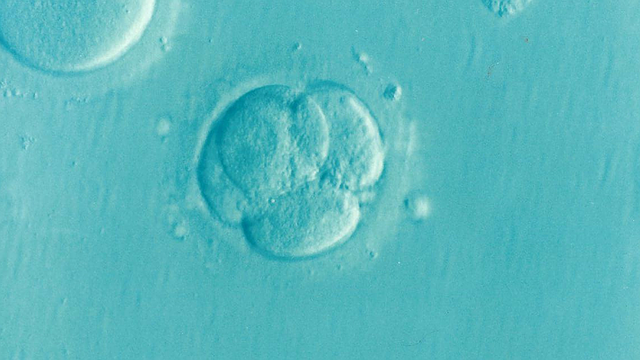An international team of scientists completed a groundbreaking experiment on Wednesday, successfully eliminating a genetic disease by editing human embryos.
The study marks a huge step forward for medicine, but has also presented plenty of controversy, ABC News reports. The embryos were edited using the revolutionary CRISPR-Cas9 method, and were destroyed immediately after, rather than implanted in a womb. But critics say this type of genetic manipulation will lead to many more possibilities in human engineering, resulting in many ethical questions.
Led by scientists at the Oregon Health and Science University, with colleagues in California, China and South Korea, the experiment created human embryos that had a specific genetic mutation for a kind of heart disease called hypertrophic cardiomyopathy. The condition is resent in one out of 500 people, and can cause sudden death, along with other heart problems like cardiac failure or arrhythmia.
The team used CRISPR to target the abnormal genes as the cells in the embryo divided, and changed them out for a properly functioning type of gene.
The innovation in this study was that the scientists were able to encourage the embryo to repair the damage on its own with a high degree of efficiency, using the correct gene already present in it.
There were 58 embryos containing the genetic mutation, and the scientists found that the faulty gene was corrected in 42 embryos, making it a success rate of 72%.
If the same process was used on an embryo that was allowed to fully develop, it would prevent hypertrophic cardiomyopathy in the person. It would also prevent future offspring from inheriting the same condition. In addition, there are thousands of genetic diseases wherein the same procedure could be applied.
The study comes just a few months after a national scientific committee put in place new guidelines for modifying embryos, loosening some rules but firmly stating that the technique should only be used for extreme medical conditions, The New York Times reports.
The study was published in the journal Nature.
























